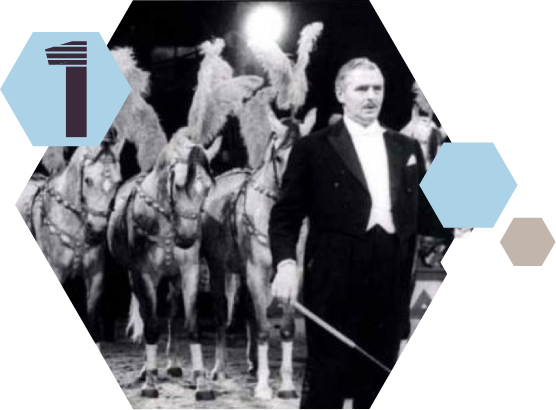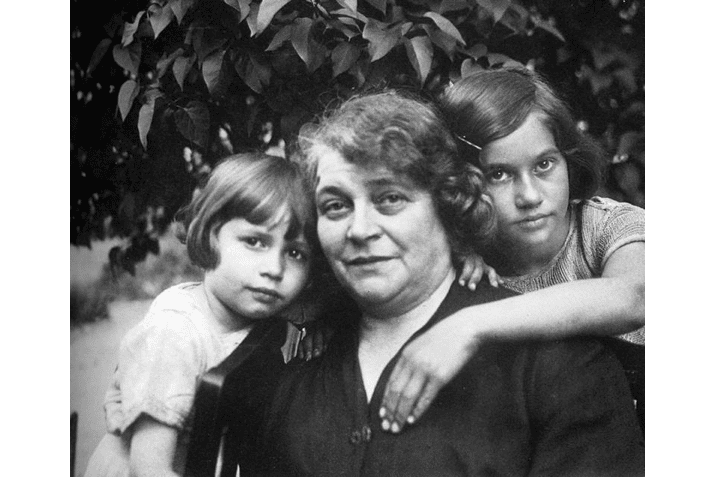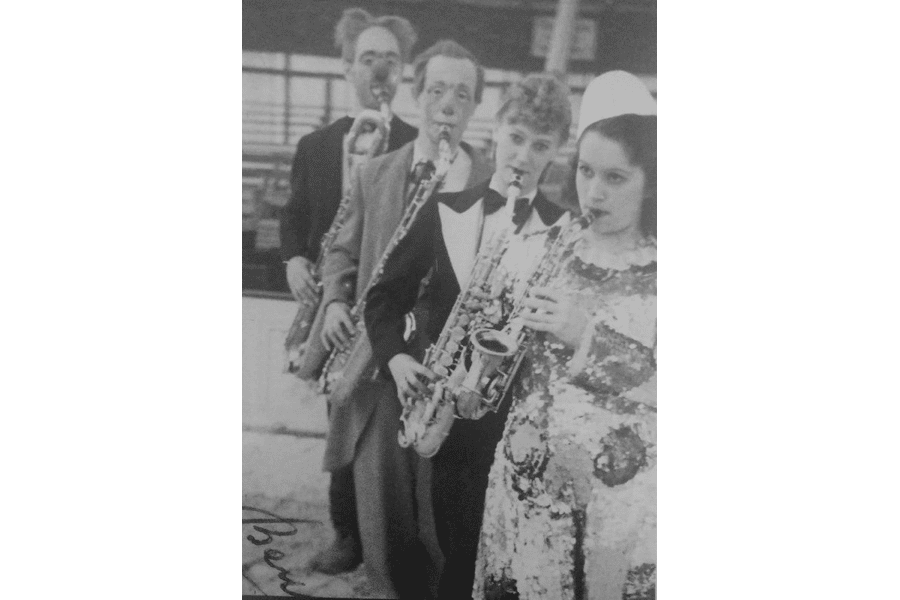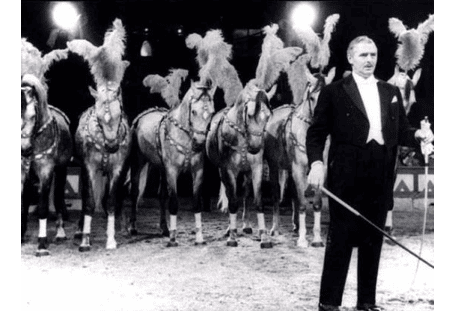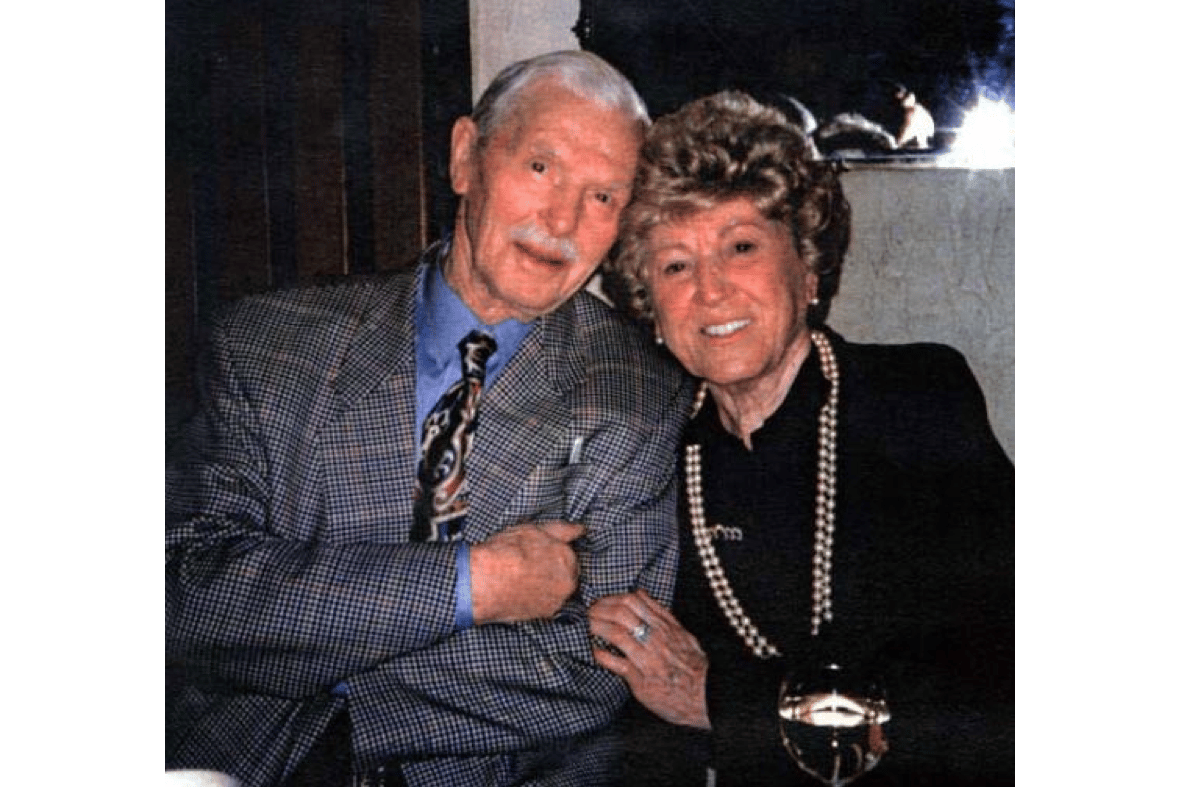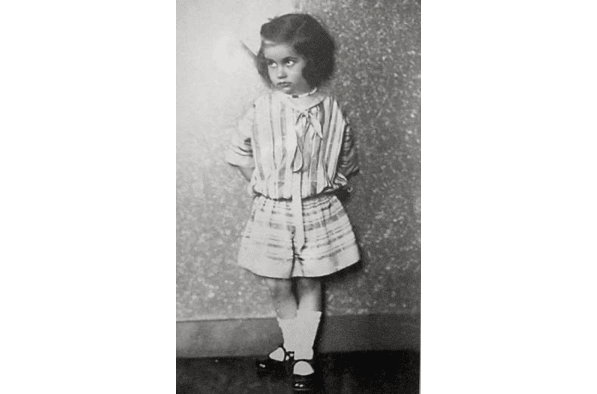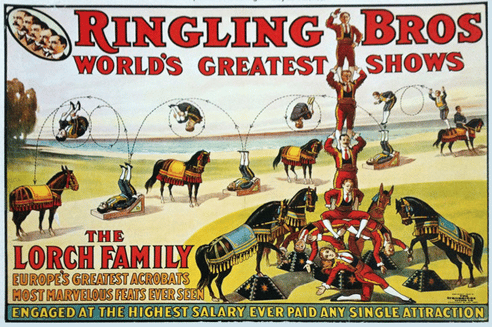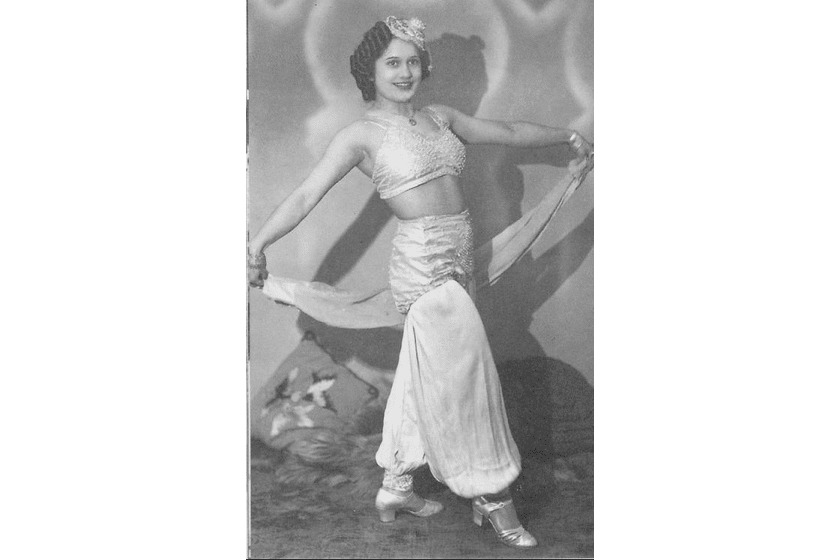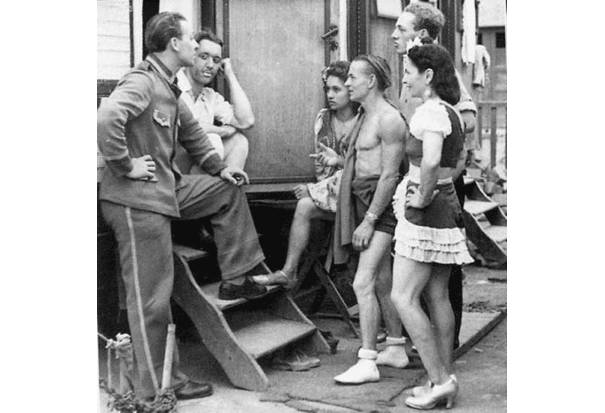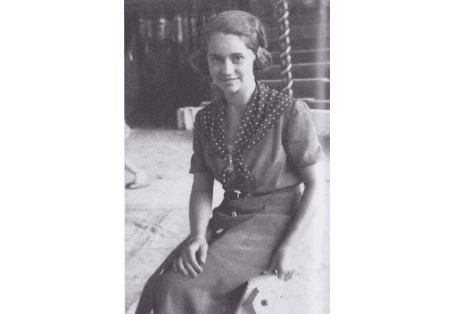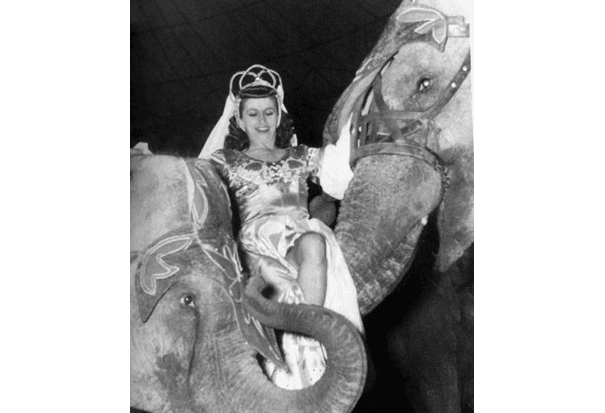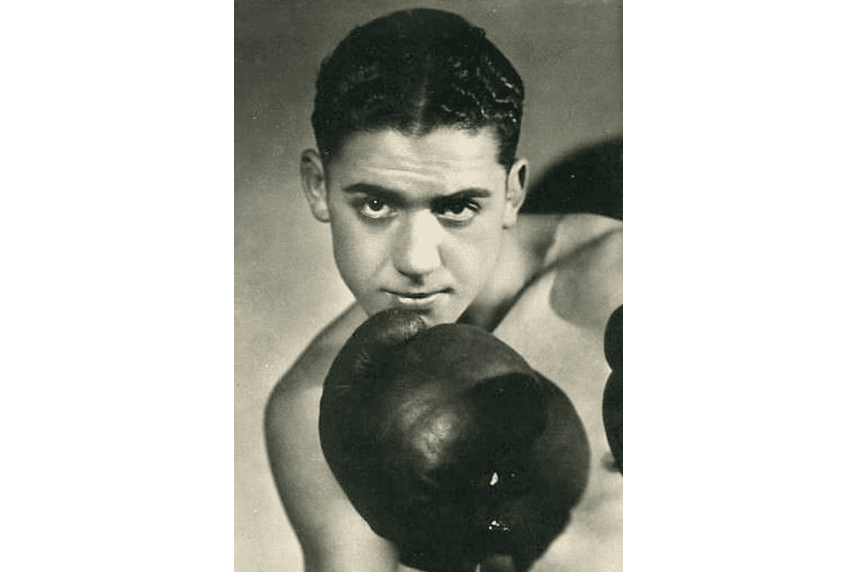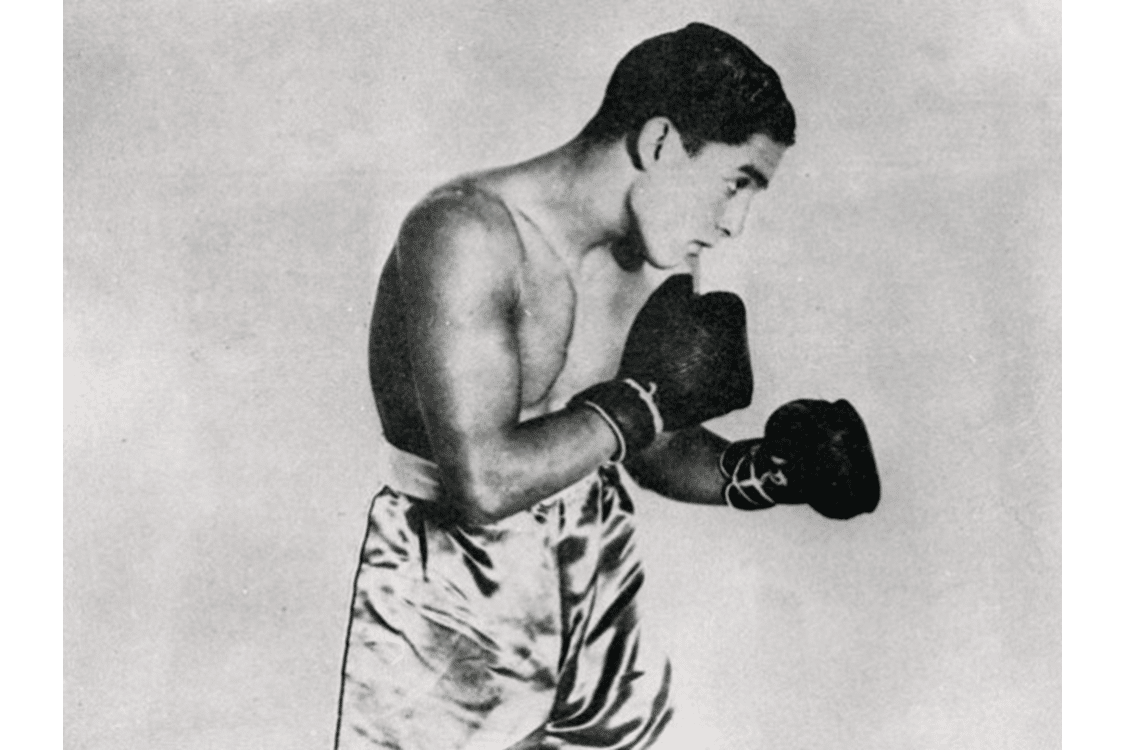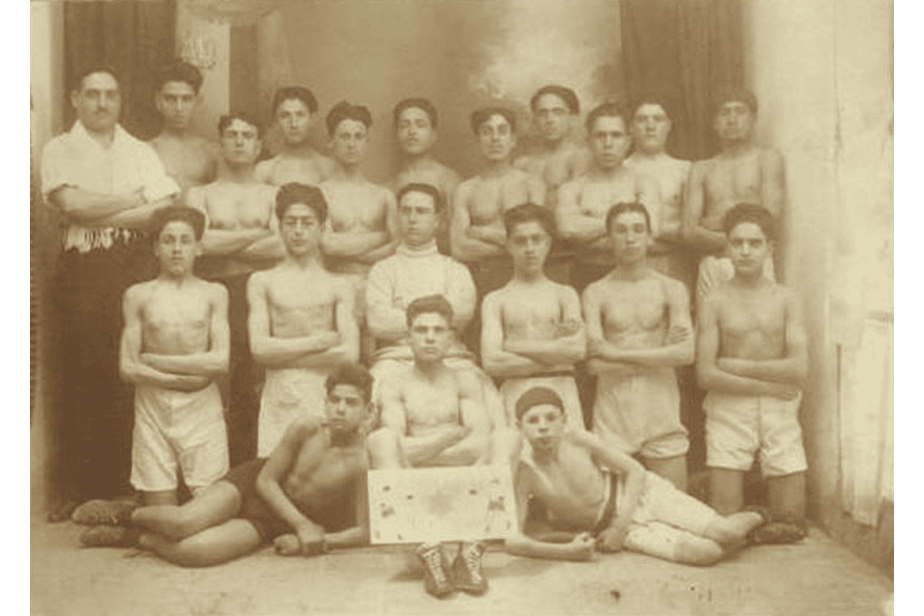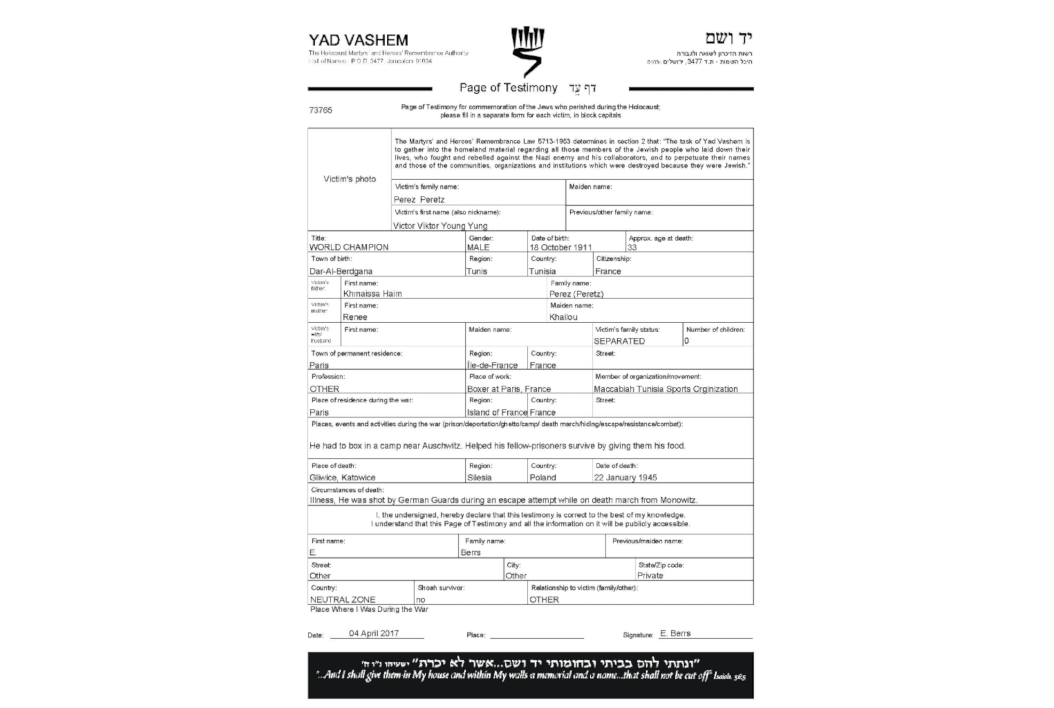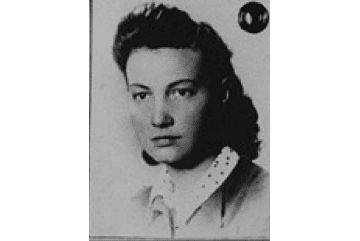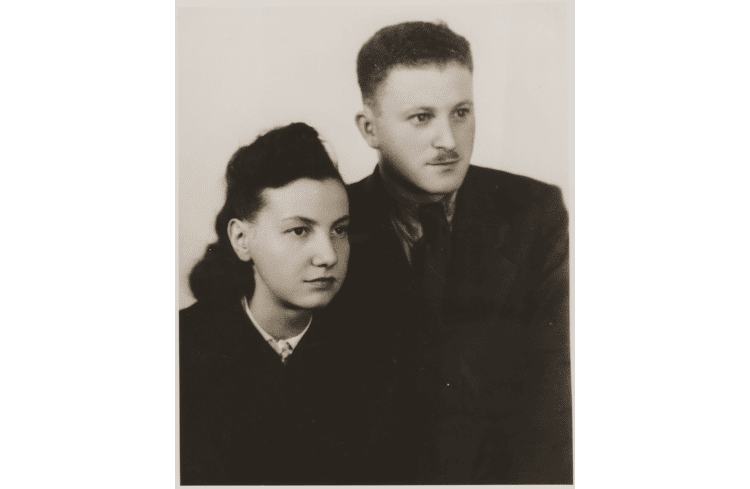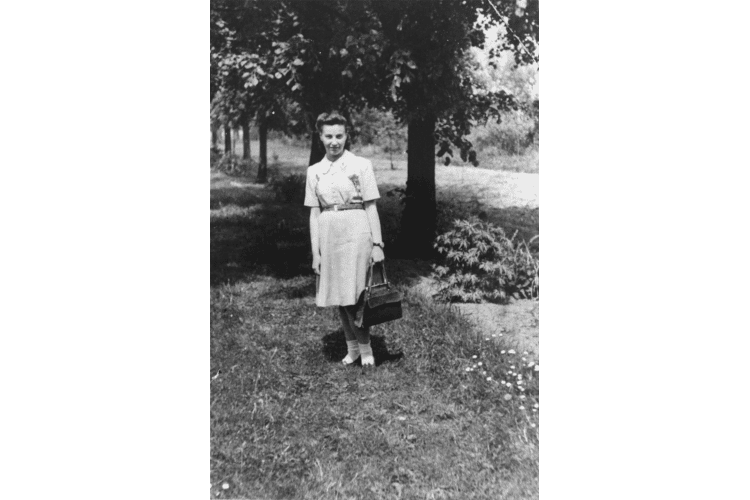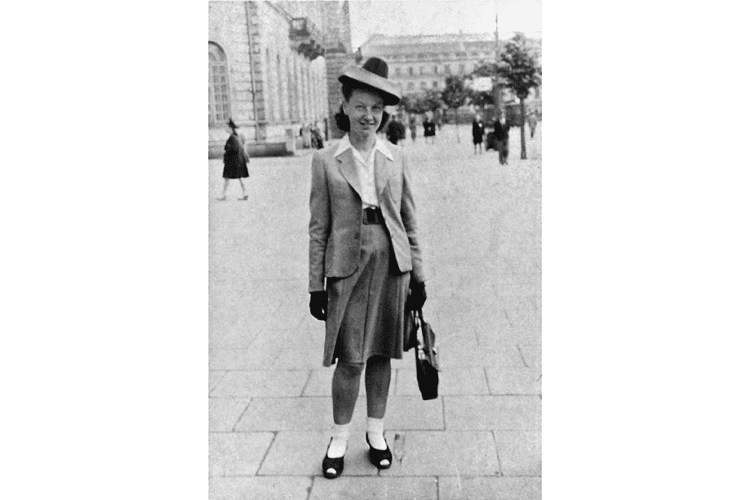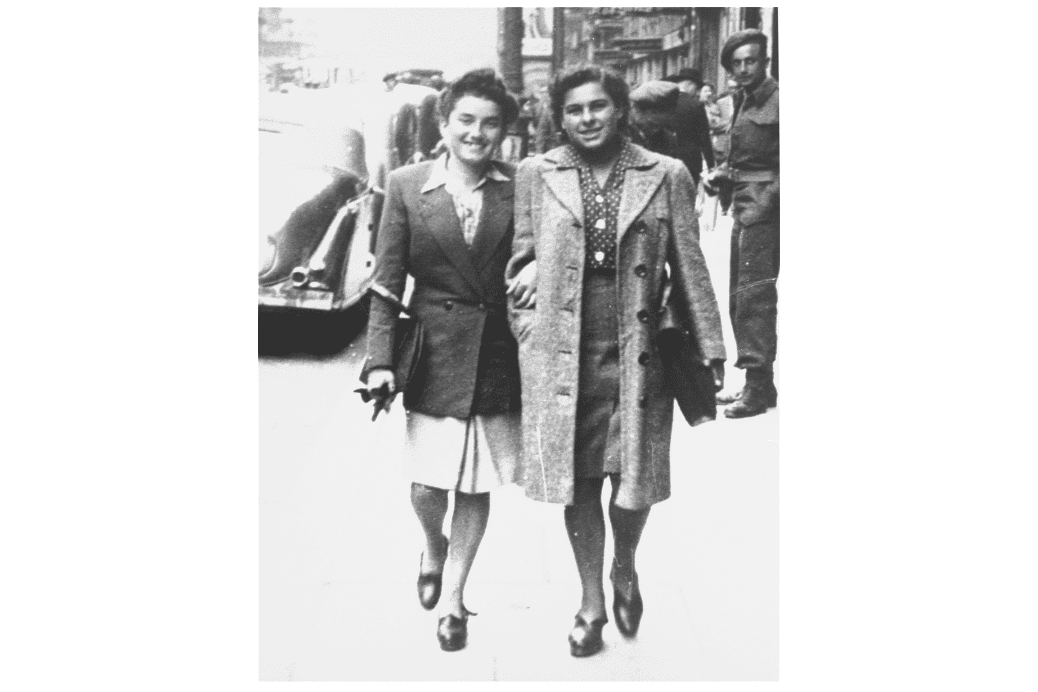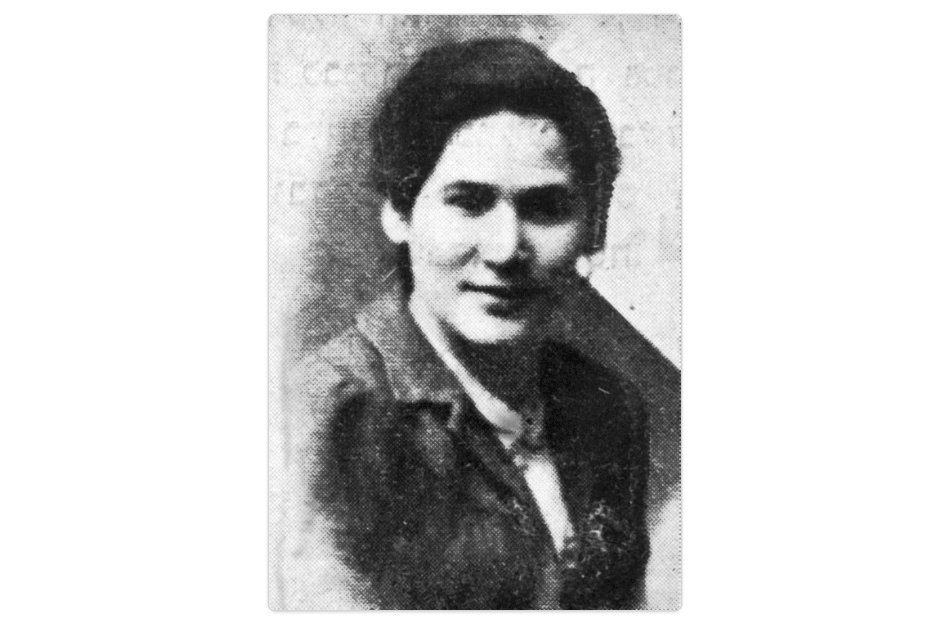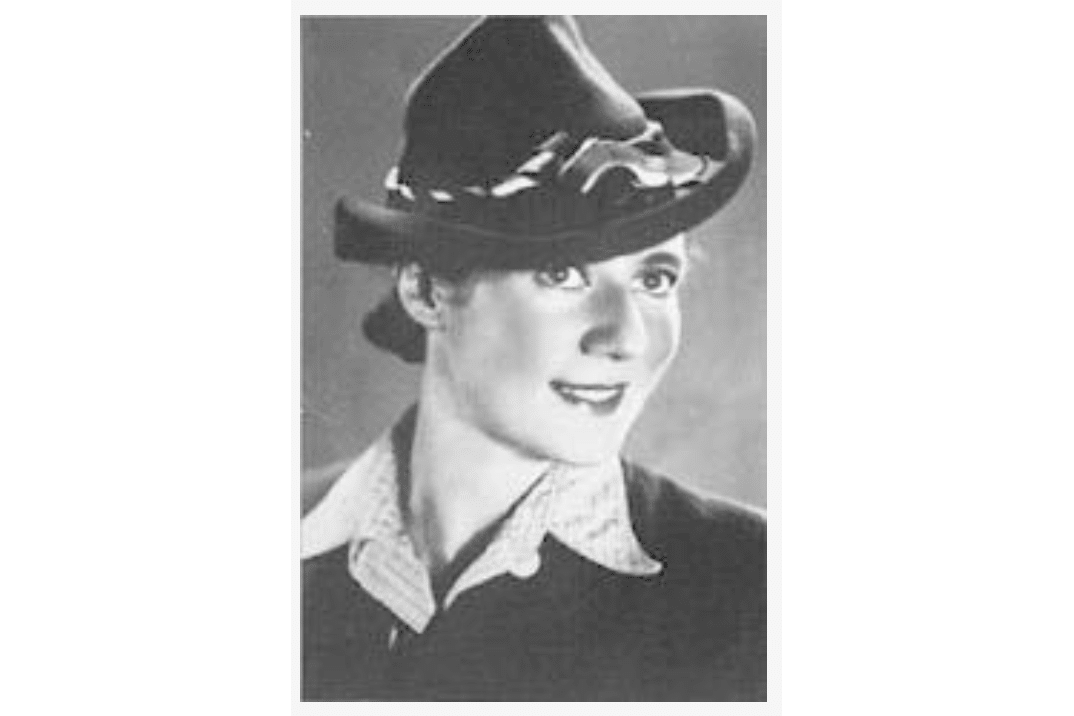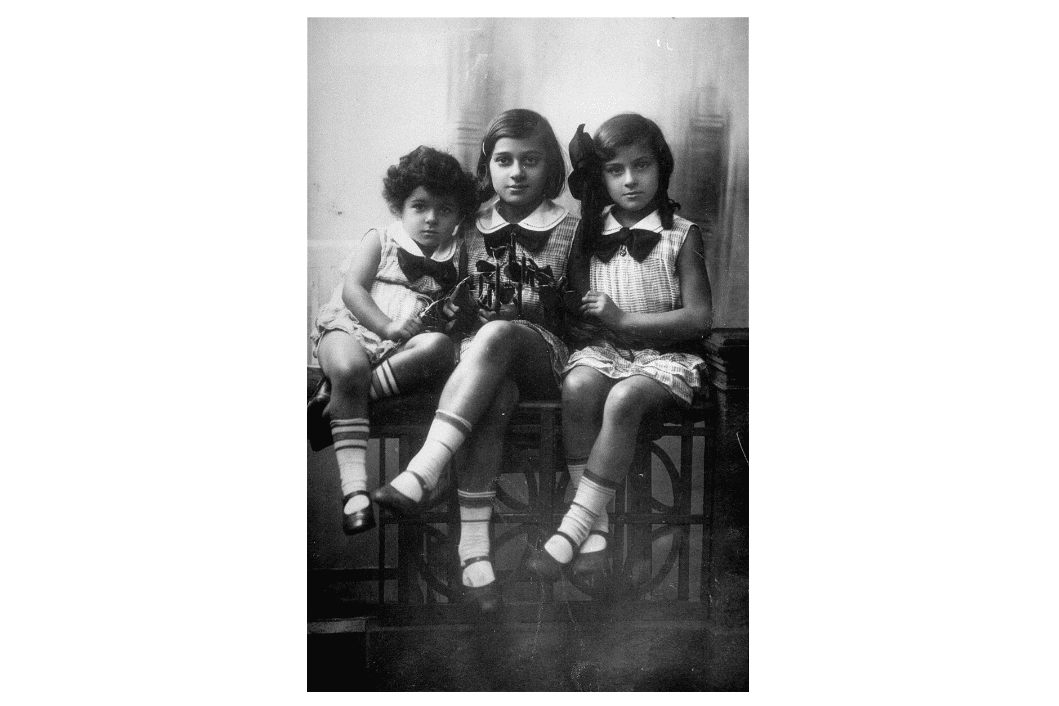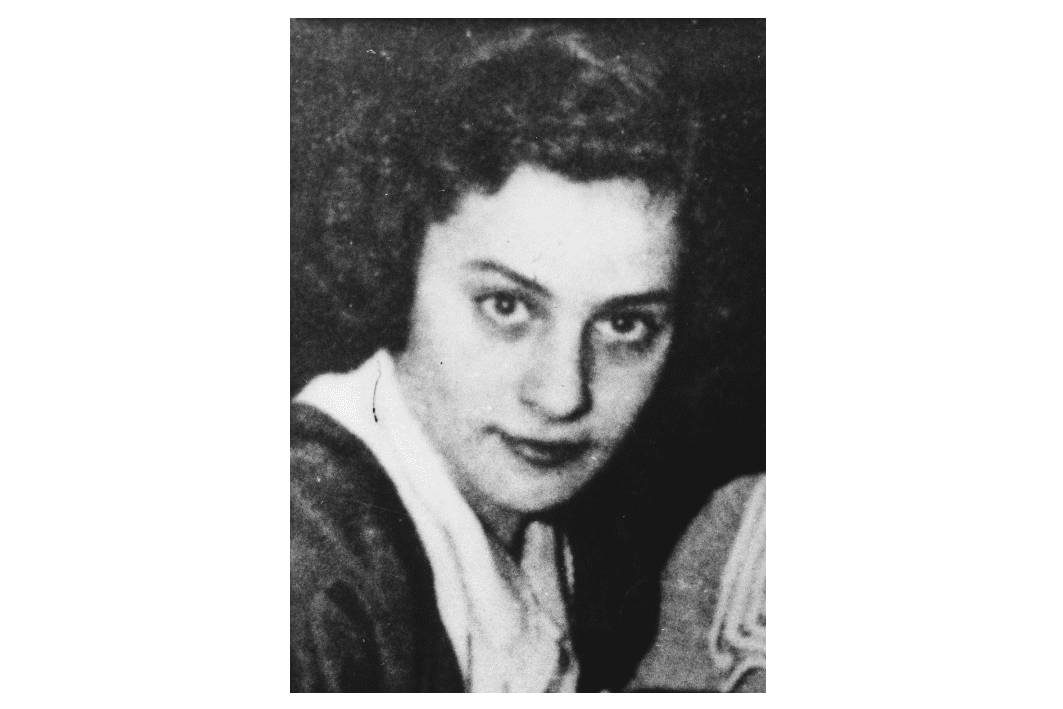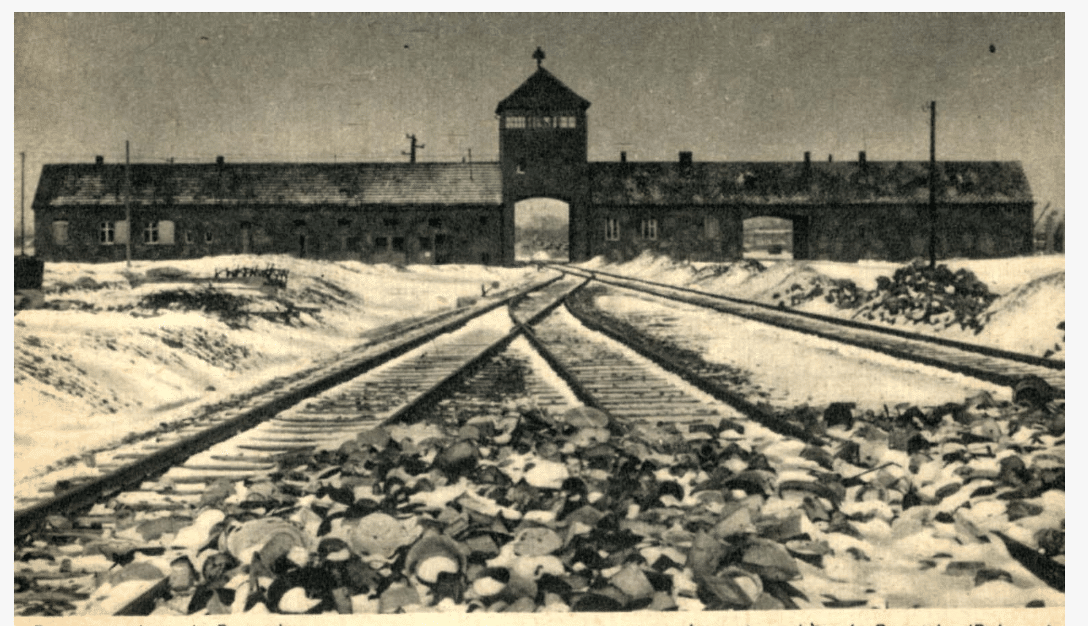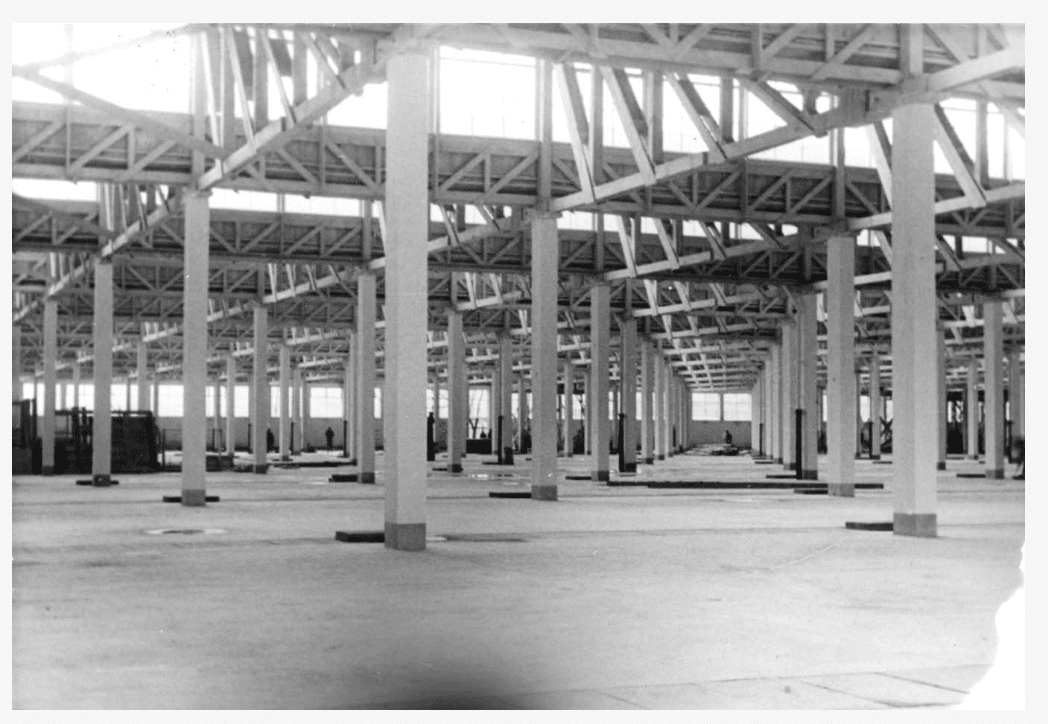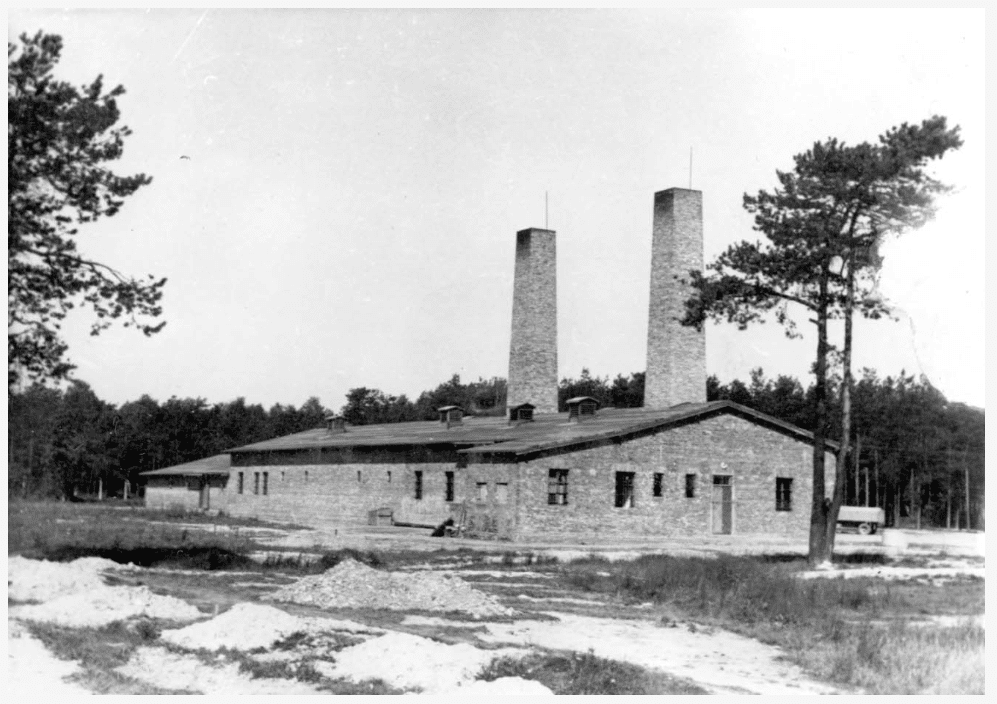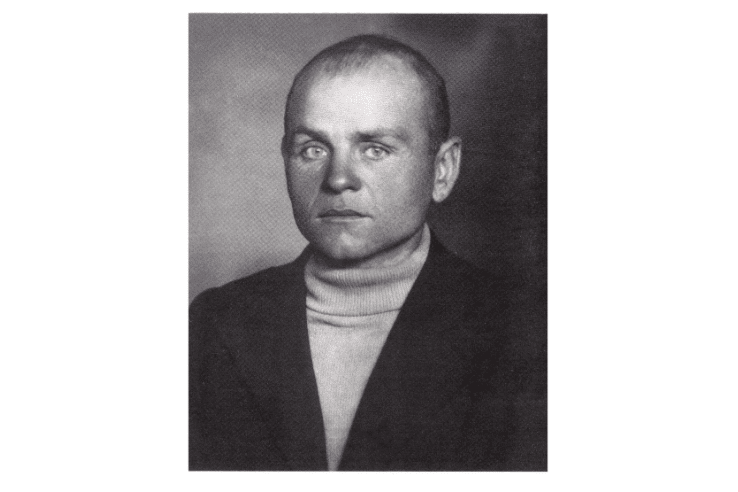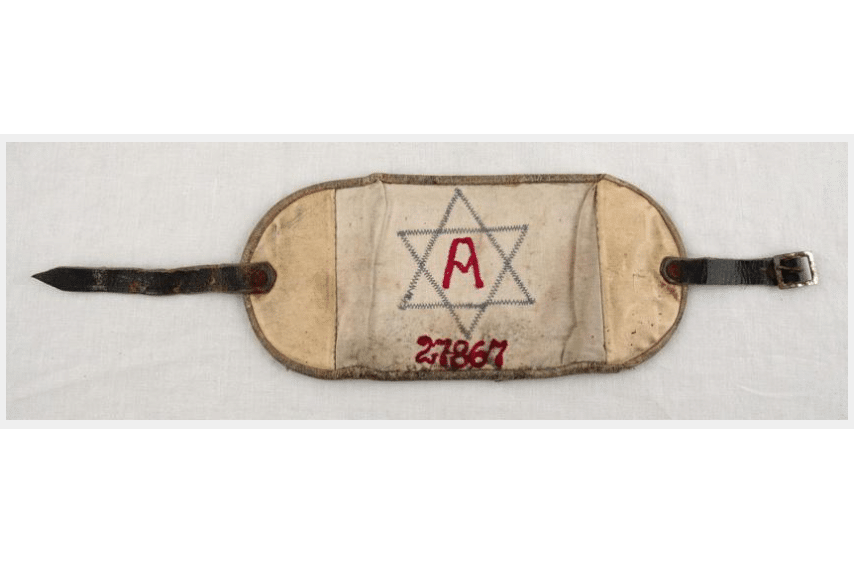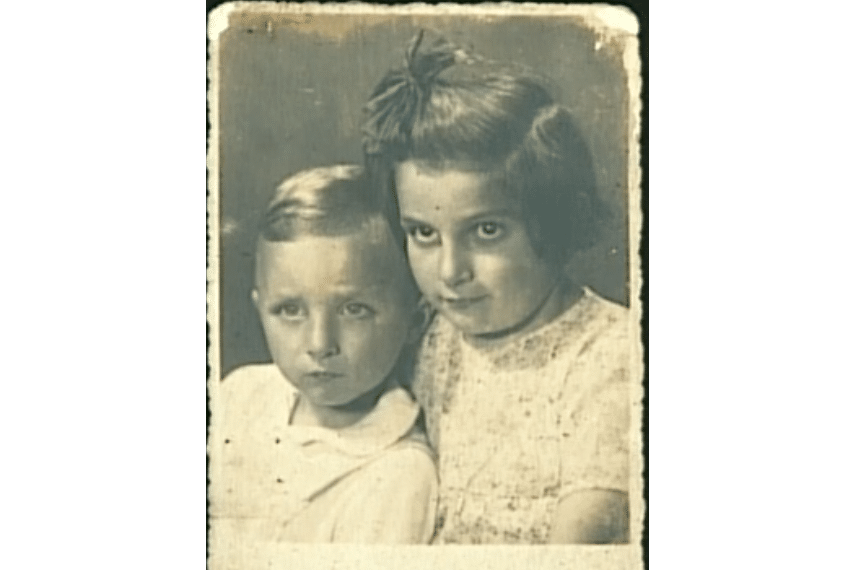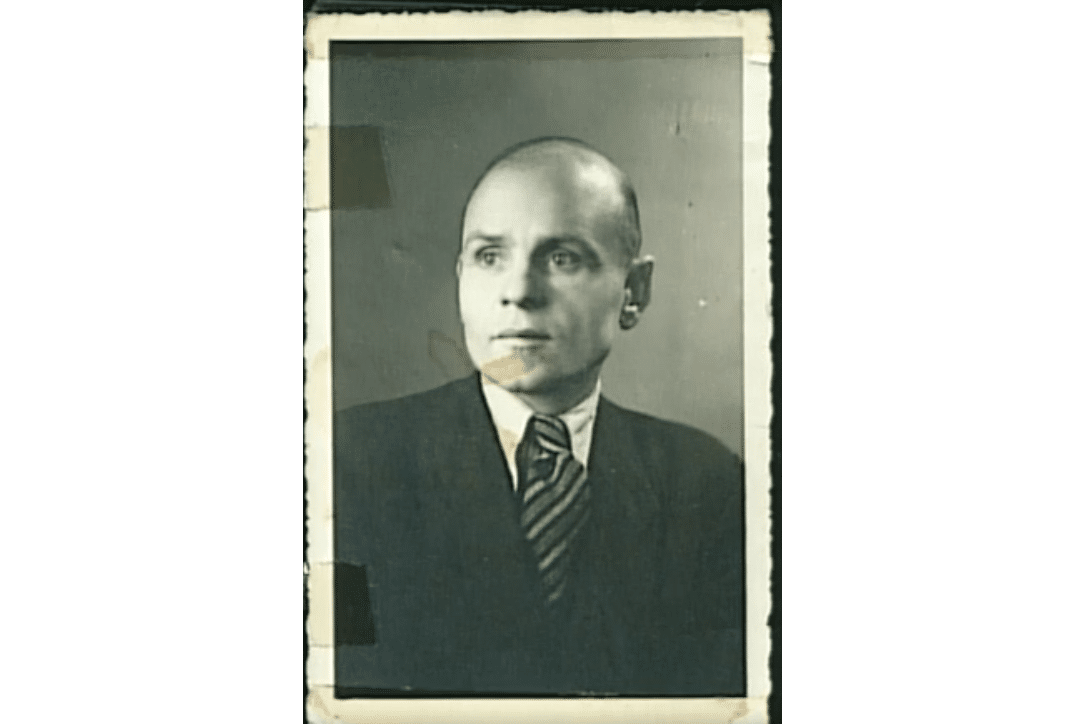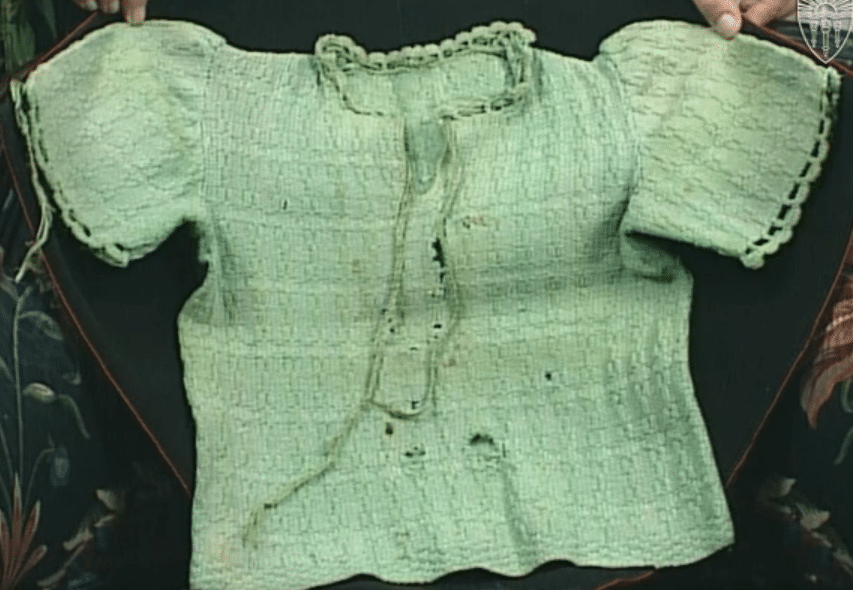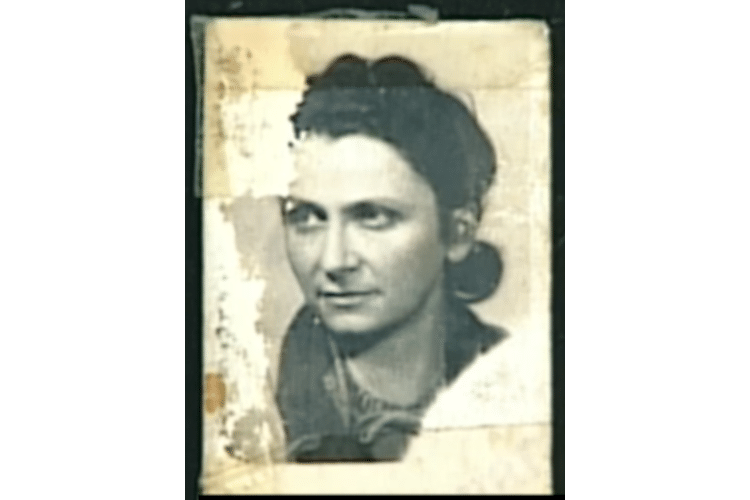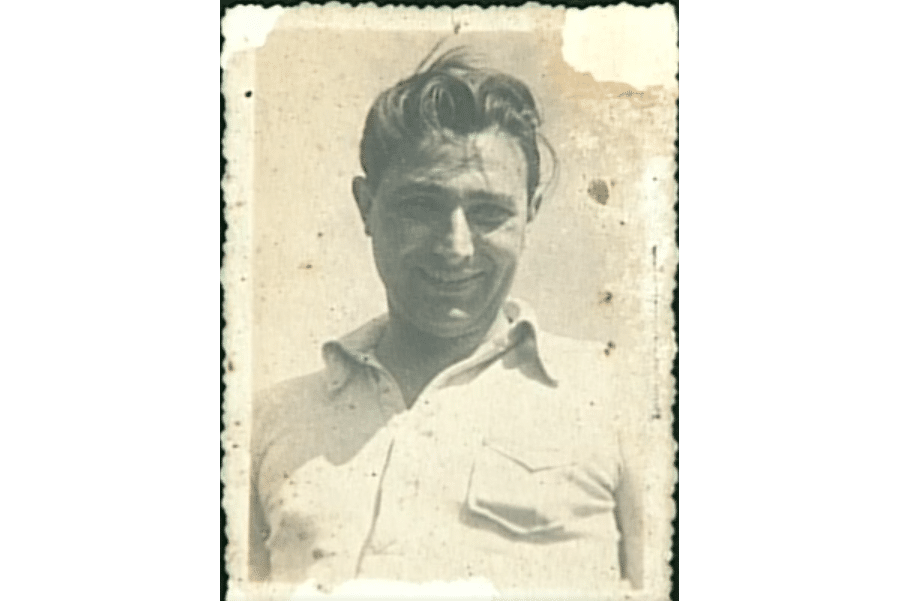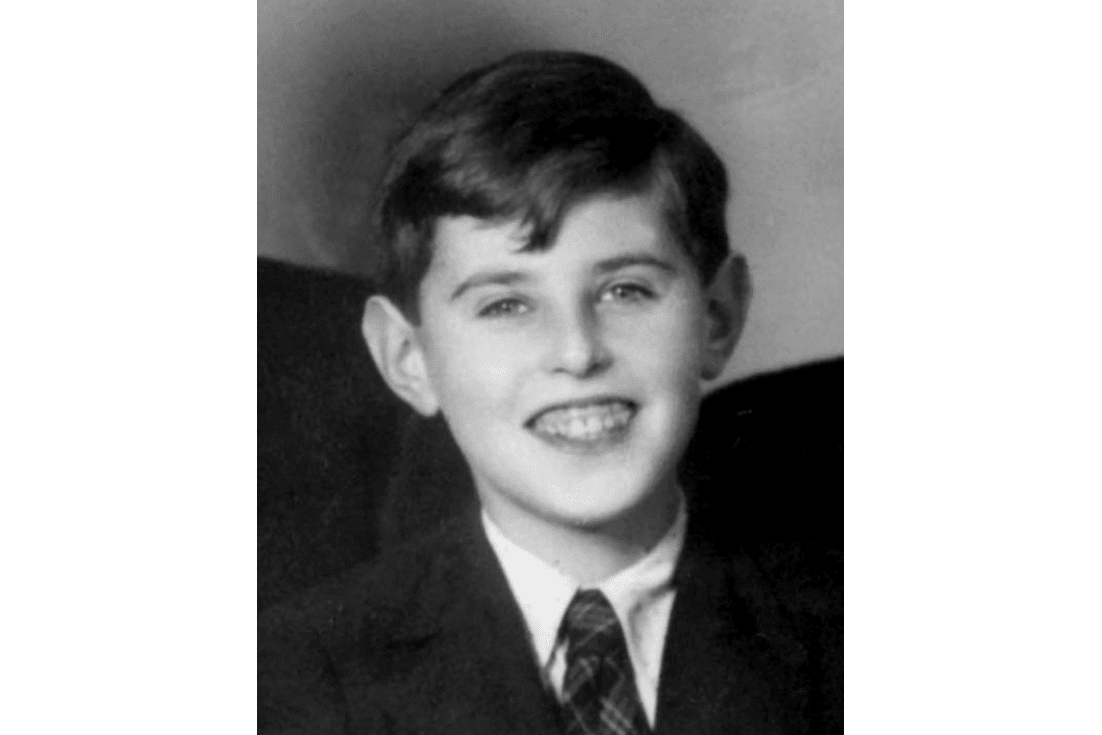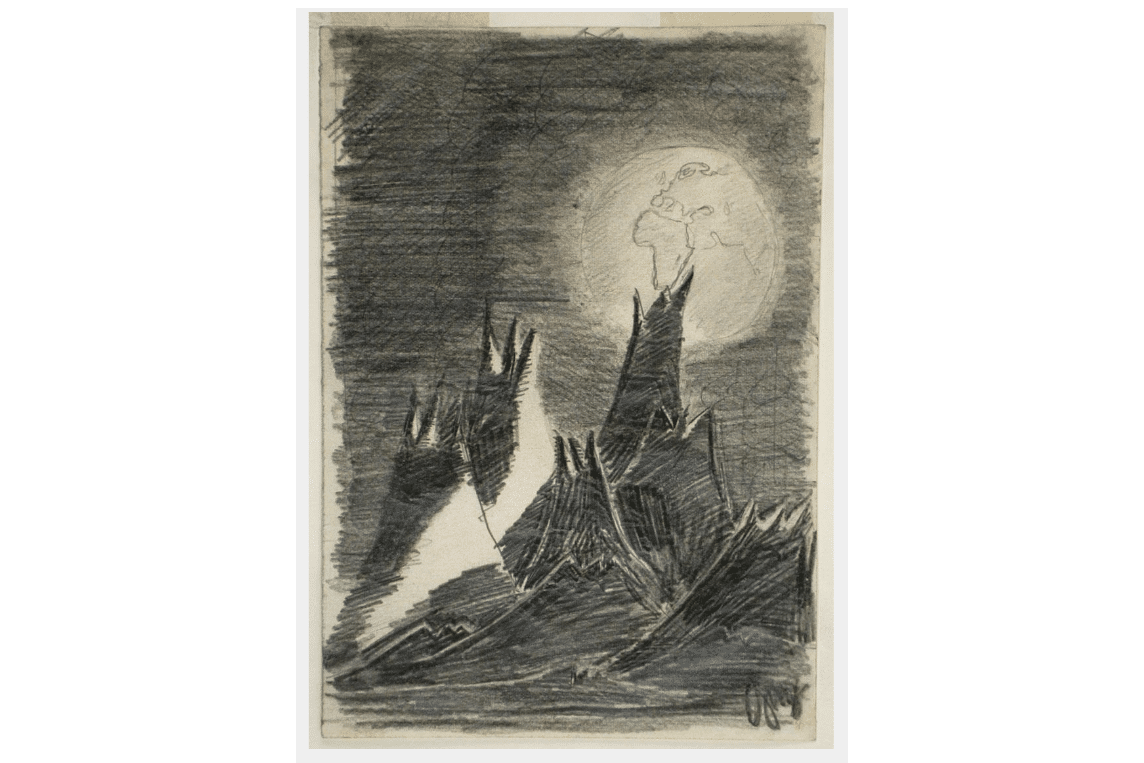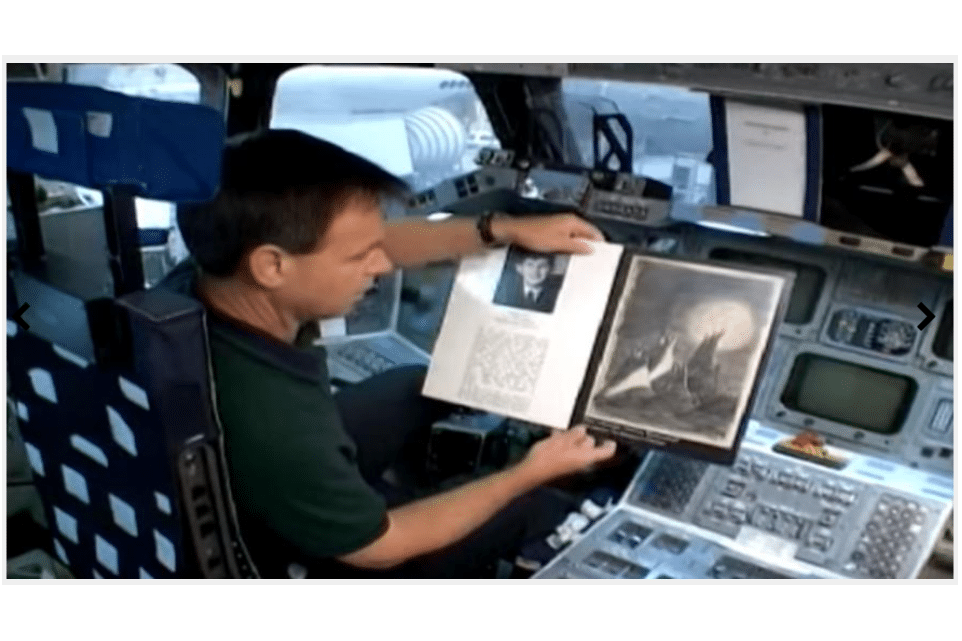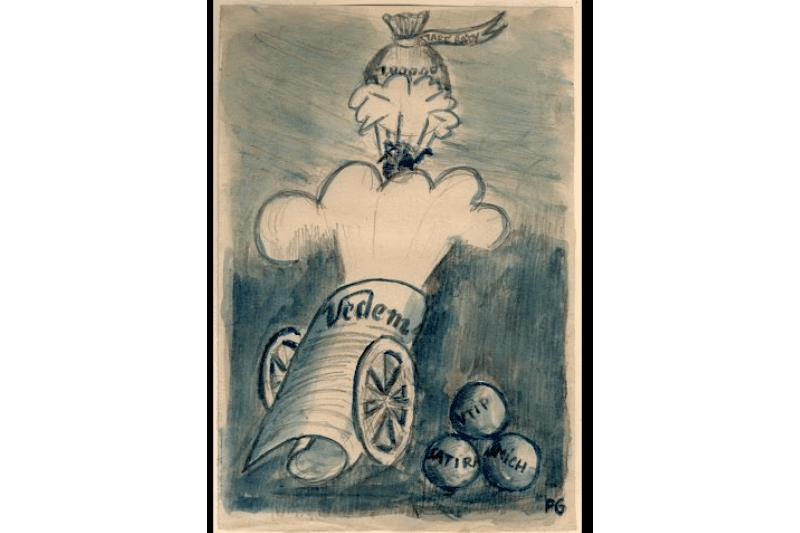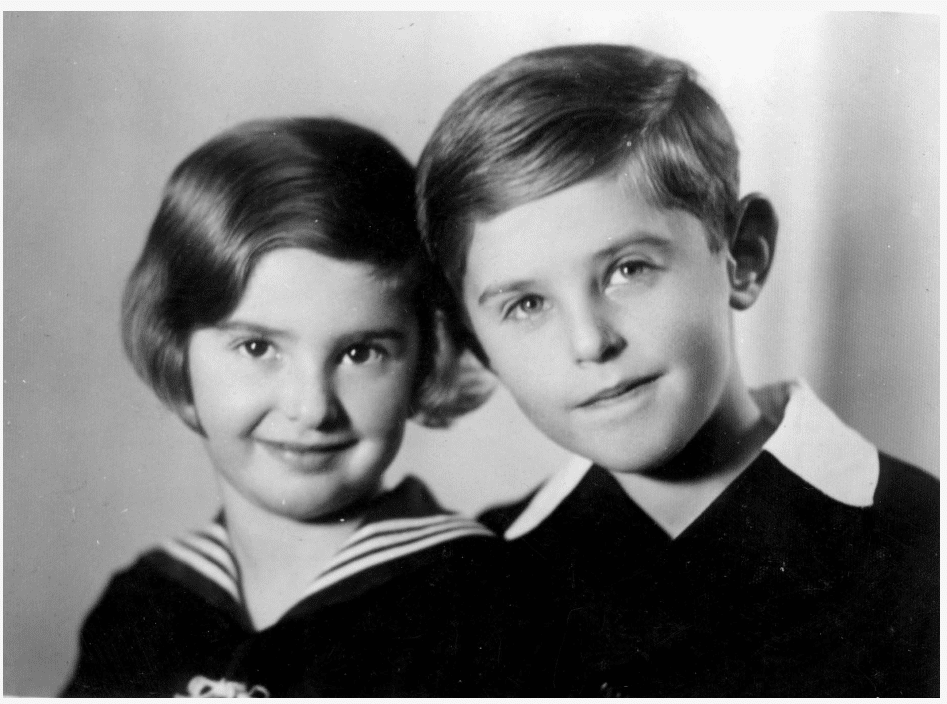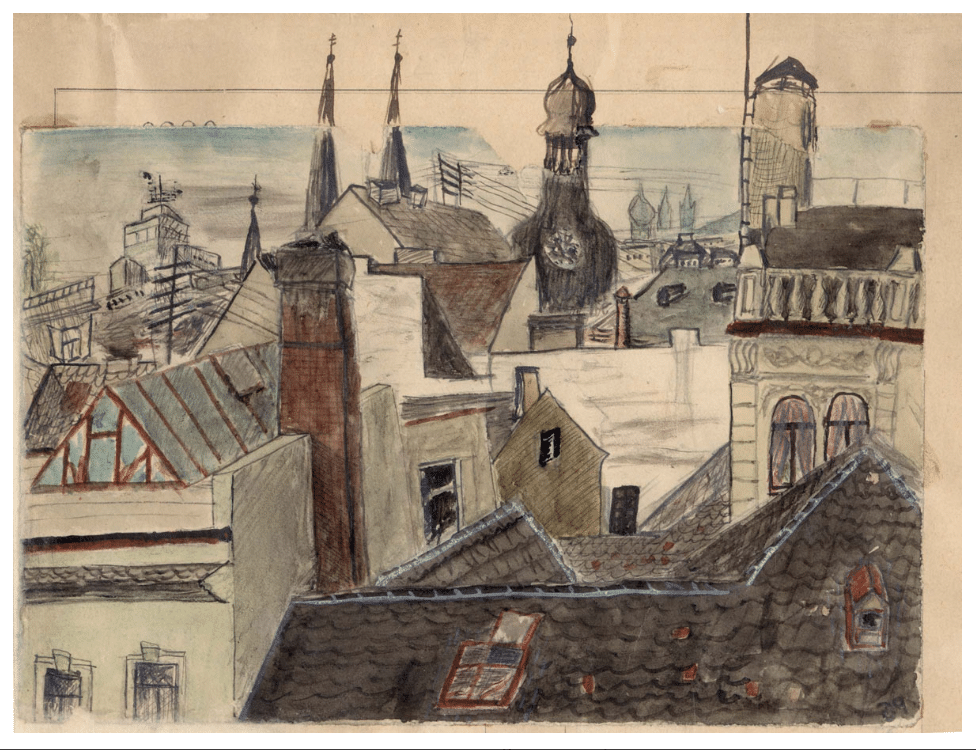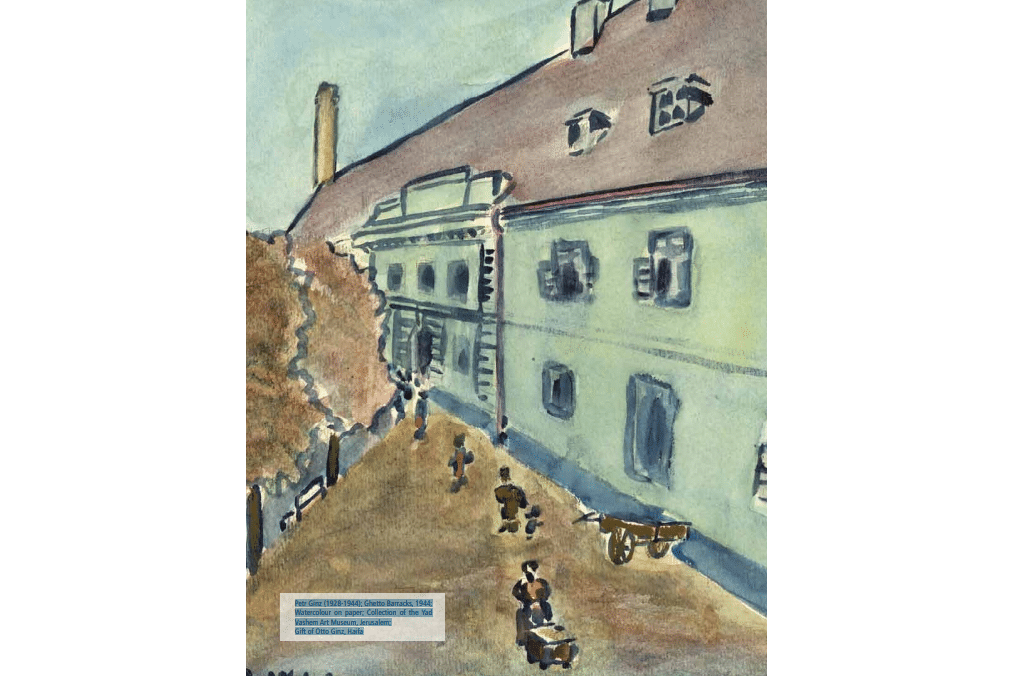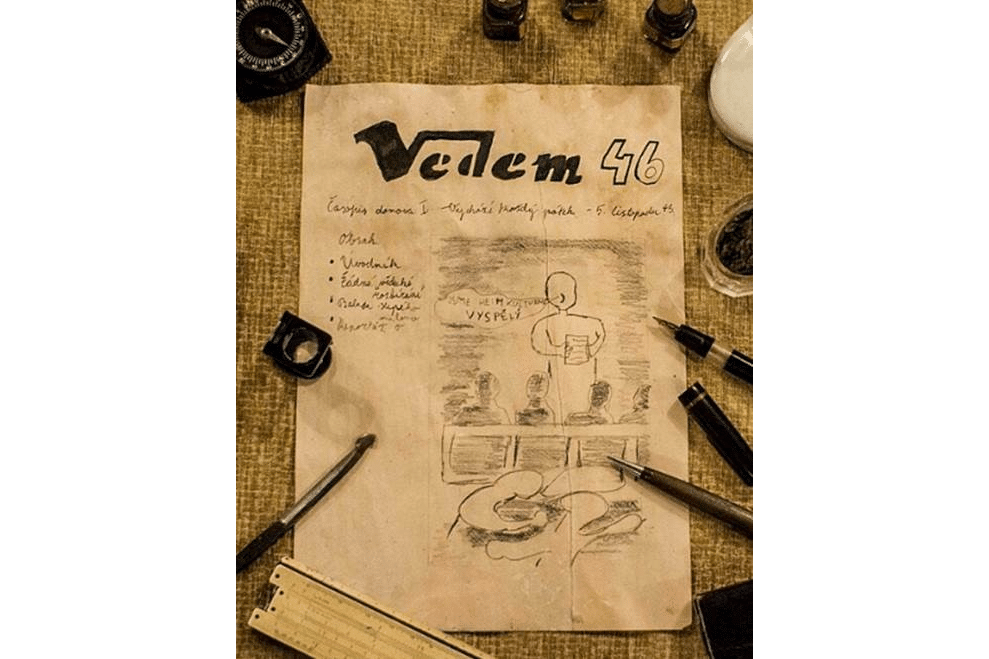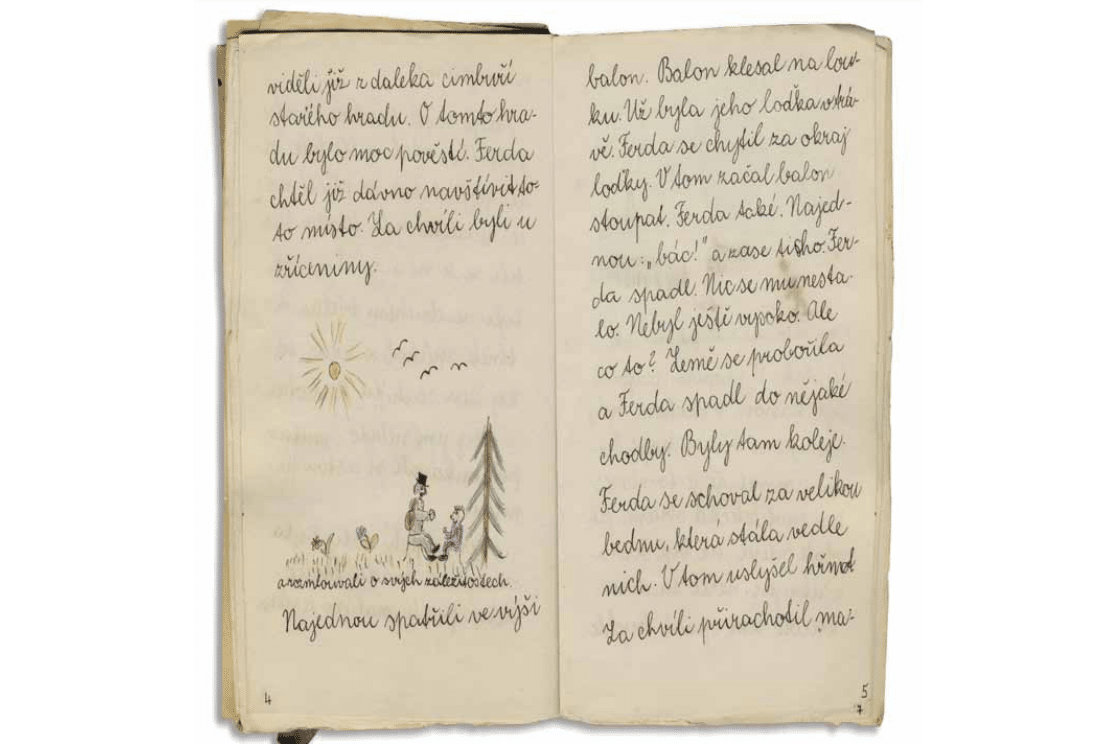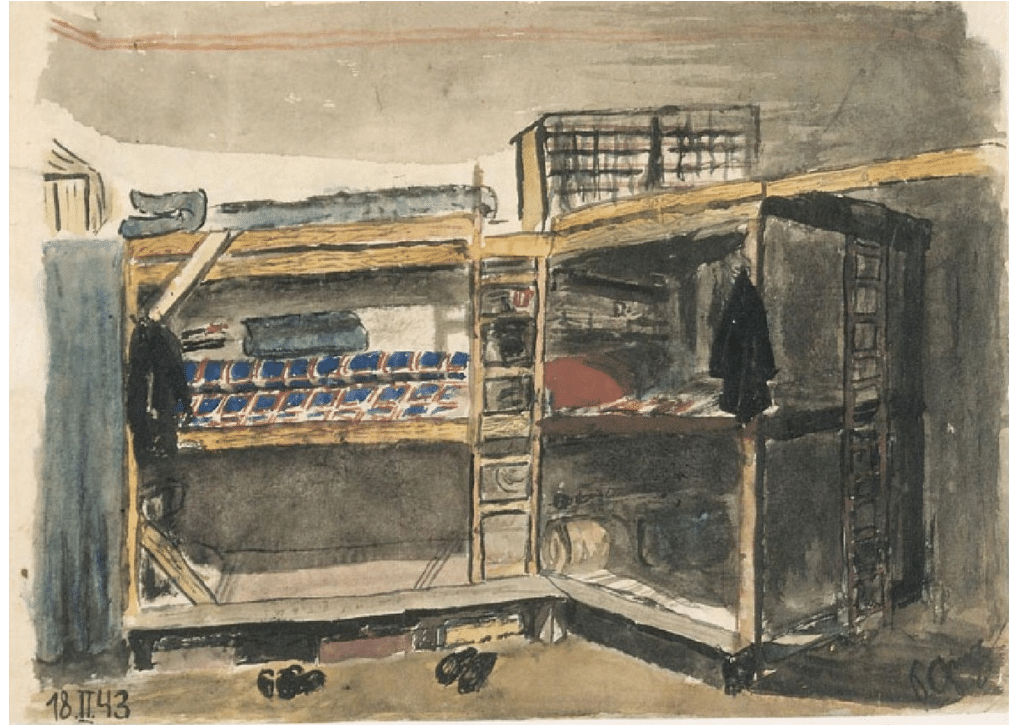
The Human Spirit in the Holocaust
A PODCAST SERIES
The Human Spirit in the Holocaust podcast series shines a light on remarkable stories of courage during one of the darkest periods in human history. Each episode profiles individual stories of resilience, resistance and rescue.
With each episode at approximately 15 minutes, the podcast series can be readily incorporated into middle and high school Holocaust curricula, as well enjoyed by any type of learner.
With each episode at approximately 15 minutes, the podcast series can be readily incorporated into middle and high school Holocaust curricula, as well enjoyed by any type of learner.
Teachers will note that episodes can also be found in our teaching Units, linked from the appropriate, aligned lesson.The Human Spirit in the Holocaust is available for streaming and download on the following platforms.
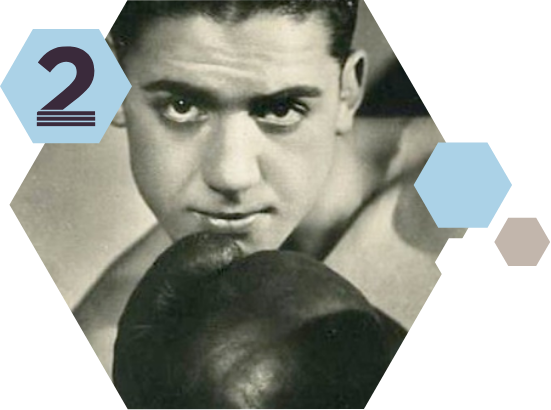 |
Boxing For His Life
VICTOR "YOUNG" PEREZ
Victor "Young" Perez was a talented and celebrated Jewish boxer from North Africa. With the German occupation, Victor’s fame could not prevent his arrest or deportation. Was his fighting spirit enough to help him survive?
| |

Boxing For His Life
VICTOR PEREZ
Victor "Young" Perez was a talented and celebrated Jewish boxer from North Africa. With the German occupation, Victor’s fame could not prevent his arrest or deportation. Was his fighting spirit enough to help him survive?
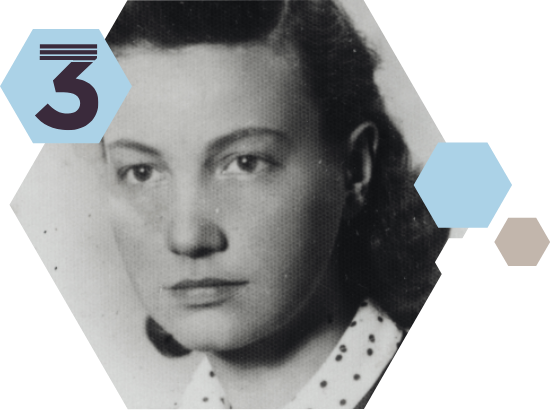 |
One Fierce Female
VLADKA MEED
When the Germans condemned the Jews to live in ghettos, they cut them off from the world. To have any chance of surviving, it was vital to resist in any way possible. To have any chance of fighting back, it was crucial to smuggle in secret information and weapons.
| |

One Fierce Female
VLADKA MEED
When the Germans condemned the Jews to live in ghettos, they cut them off from the world. To have any chance of surviving, it was vital to resist in any way possible. To have any chance of fighting back, it was crucial to smuggle in secret information and weapons.
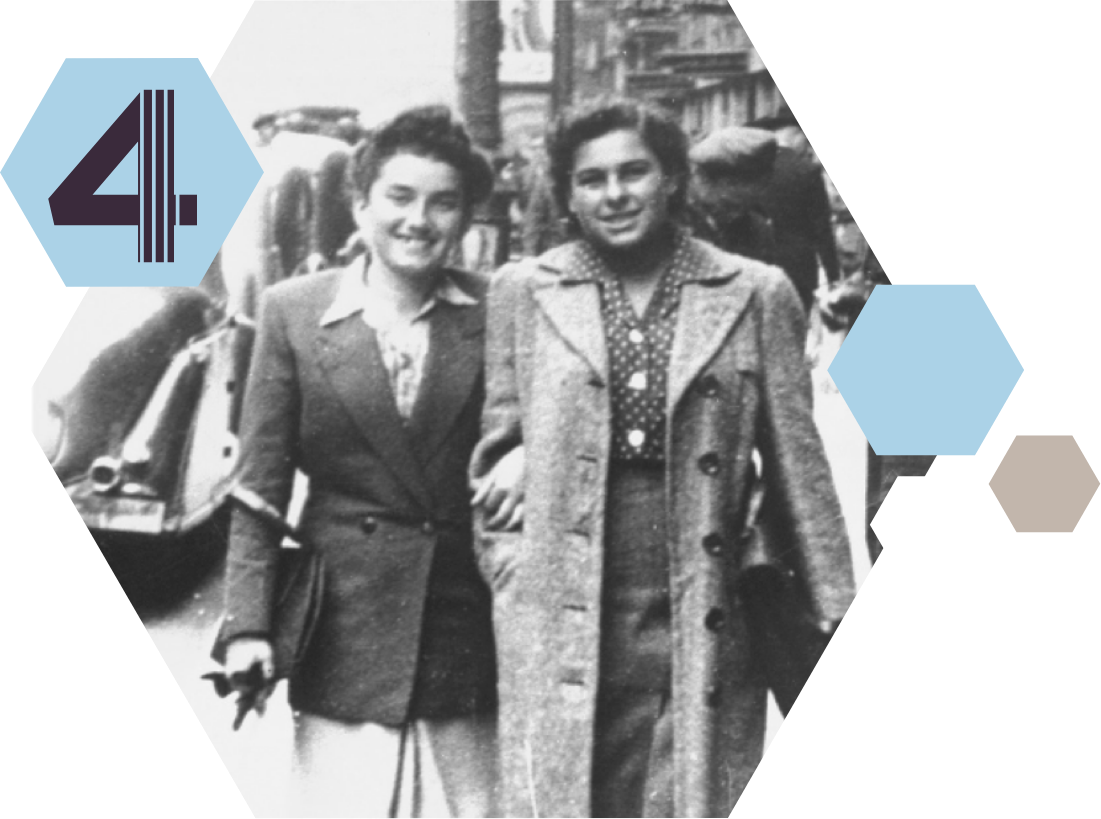 |
Teaspoons of Gunpowder
WOMEN PRISONERS IN AUSCHWITZ AND THE ARMED RESISTANCE
Was it possible to fight back in a death camp? This is the story of women prisoners who risked their lives to steal gunpowder, teaspoon by teaspoon, in order to stage a spectacular armed uprising – the only one in the history of Auschwitz.
| |

Teaspoons of Gunpowder
WOMEN PRISONERS IN AUSCHWITZ AND THE ARMED RESISTANCE
Was it possible to fight back in a death camp? This is the story of women prisoners who risked their lives to steal gunpowder, teaspoon by teaspoon, in order to stage a spectacular armed uprising – the only one in the history of Auschwitz.
 |
Rescue in the Sewers
LEOPOLD SOCHA
As the Lwow Ghetto was being liquidated, a group of Jews hid in a place where they hoped the Germans would never find them: the sewers. They could never have survived without the help of Leopold Socha, his wife and other sewer workers.
| |

Rescue in the Sewers
LEOPOLD SOCHA
As the Lwow Ghetto was being liquidated, a group of Jews hid in a place where they hoped the Germans would never find them: the sewers. They could never have survived without the help of Leopold Socha, his wife and other sewer workers.
 |
To Infinity and Beyond
PETR GINZ
Though physically he was imprisoned in the Theresienstadt ghetto, Petr Ginz's spirit was still able to soar, and decades later, a drawing he made in the ghetto did reach outer space. Listen and learn of Petr’s legacy of spiritual resistance and resilience.
| |

To Infinity and Beyond
PETR GINZ
Though physically he was imprisoned in the Theresienstadt ghetto, Petr Ginz's spirit was still able to soar, and decades later, a drawing he made in the ghetto did reach outer space. Listen and learn of Petr’s legacy of spiritual resistance and resilience.





 English
English



